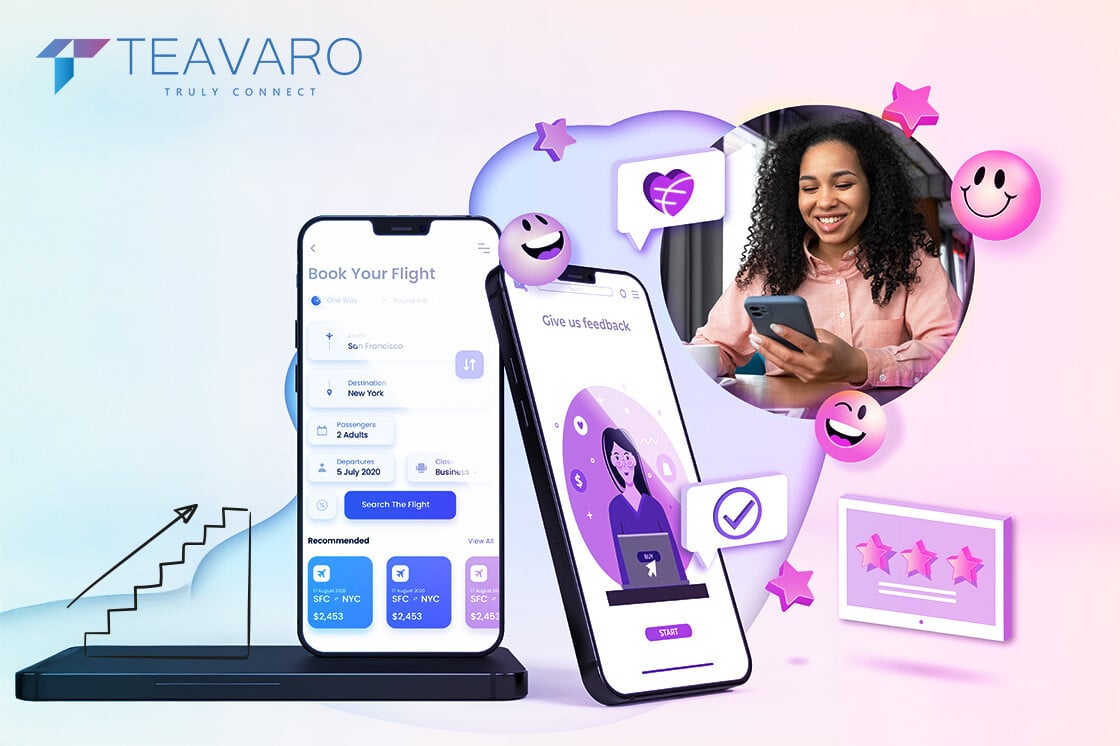The Essentials in Brief:
• Higher ROI, Lower Spend: First-party data enables smarter targeting, reducing wasted ad spend and increasing conversion rates.
• Better Customer Insights: Understand your audience beyond cookies and third-party data, leading to more effective personalisation and engagement.
• Future-Proof Your Strategy: With growing privacy regulations and cookie deprecation, a first-party data approach ensures long-term marketing success
• Lower Acquisition Costs: Personalised and data-driven campaigns based on first-party insights boost conversions without the high cost of external data.
Common Challenges in Marketing Budgets.
Marketing budgets are under increasing scrutiny as businesses strive to maximise return on investment (ROI) while minimising expenditures. Many organisations continue to invest heavily in third-party data and broad advertising campaigns, which often result in inefficiencies and wasted resources. Additionally, the rise of privacy regulations has made it more challenging to rely on traditional data acquisition methods, further exacerbating cost-related concerns.
The Role of Data in Cost Reduction.
Data-driven marketing strategies allow businesses to target audiences more effectively and allocate budgets more efficiently. First-party data, which is collected directly from customers, is an invaluable resource that enables organisations to create more personalised and cost-effective marketing campaigns. By leveraging customer insights from website interactions, purchase history, and direct engagement, businesses can optimise their marketing spend and reduce dependency on costly third-party data.
First-Party Data: A Cost-Saving Opportunity.
What Is First-Party Data and Why Is It Valuable?
First-party data is information collected directly from customers through owned channels, such as websites, mobile apps, CRM systems, and email interactions. Unlike third-party data, which is often expensive and less reliable, first-party data is highly accurate, privacy-compliant, and exclusive to the business collecting it. It allows companies to build deeper relationships with their customers and develop data-driven strategies that reduce costs while improving engagement.
How First-Party Data Reduces Marketing Expenses?
First-party data enhances marketing efficiency in several key ways:
Better audience segmentation: Companies can identify high-value customer segments and tailor their messaging accordingly, reducing wasted ad spend.Lower acquisition costs: By using existing customer insights, businesses can refine targeting strategies, leading to higher conversion rates at lower costs.Improved retention and loyalty: Personalised marketing campaigns based on first-party data foster stronger customer relationships, reducing the need for expensive acquisition strategies.Reduced reliance on third-party data: As privacy regulations tighten, first-party data ensures businesses maintain compliant and cost-effective marketing practices.
Practical Strategies to Reduce Marketing Costs with First-Party Data.
Smarter Audience Targeting to Reduce Wasted Ad Spend.
Traditional digital advertising often involves a broad approach that leads to significant budget waste. By leveraging first-party data, businesses can refine their targeting to reach the most relevant audiences. Implementing AI-driven analytics and customer segmentation can significantly improve ad efficiency, ensuring that marketing spend is allocated to high-intent prospects rather than broad, untargeted audiences.
Lowering Acquisition Costs with Personalised Campaigns.
Personalisation is a key driver of marketing efficiency. By using first-party data to tailor content, email marketing, and advertisements to specific customer preferences, businesses can increase engagement and reduce acquisition costs. For example, personalised email campaigns based on customer browsing history or purchase behaviour have significantly higher conversion rates than generic messages, leading to better cost-efficiency.
Increasing Customer Retention for Higher ROI.
Acquiring a new customer is considerably more expensive than retaining an existing one. First-party data allows companies to nurture relationships with current customers by offering relevant promotions, loyalty programmes, and personalised recommendations. Enhancing customer retention strategies leads to repeat purchases and sustained revenue growth, ultimately reducing the need for costly new customer acquisition campaigns.
Do you want to discover how to higher ROI of your business? Ask Teavaro experts for a:

Overcoming Challenges When Implementing First-Party Data.
Privacy Compliance (GDPR & CCPA) and Data Protection.
One of the key concerns when leveraging first-party data is compliance with data privacy regulations such as the General Data Protection Regulation (GDPR) in the UK and the European Union, as well as the California Consumer Privacy Act (CCPA). Businesses must ensure they obtain explicit customer consent for data collection and use. Transparent privacy policies and robust data governance frameworks are essential to maintaining compliance and customer trust while minimising legal risks and potential fines.
Managing Data Integration and Activation Effectively.
To fully benefit from first-party data, organisations must have the right infrastructure in place. This includes:
Customer Data Platforms (CDPs): These enable businesses to consolidate data from various touchpoints, creating a unified customer profile.
Data Analytics and AI: Machine learning models can process large volumes of first-party data to derive actionable insights for cost-effective decision-making.
Marketing Automation Tools: Integrating first-party data with automation platforms allows businesses to personalise customer interactions at scale, maximising efficiency and reducing manual marketing efforts.
Ask our experts:


Real-World Success Stories.
Retail Brand – Cutting Advertising Costs by 30%
A UK-based retail company successfully reduced its advertising spend by 30% by shifting from third-party data reliance to a first-party data-driven strategy. By leveraging customer purchase history and behavioural data, the company optimised its digital advertising campaigns to target high-value customers, significantly increasing conversion rates while reducing overall expenditure.
E-Commerce Business: Boosting Retention Through Personalisation.
An e-commerce brand implemented a first-party data strategy to enhance customer retention. Using transactional and behavioural data, the company created highly personalised email campaigns and product recommendations. This approach resulted in a 25% increase in repeat purchases and a substantial reduction in customer acquisition costs, leading to higher overall profitability.
Conclusion: Key Takeaways for Cost-Effective Marketing.
Immediate Actions to Take.
Audit your data sources: Identify and consolidate first-party data to create a robust marketing strategy.
Refine audience targeting: Use customer insights to optimise digital advertising and reduce wasted ad spend.
Enhance personalisation: Implement personalised campaigns to improve engagement and conversion rates.
Long-Term Strategies for Sustainable Savings.
Invest in data infrastructure: Adopt Customer Data Platforms (CDPs) and AI-driven analytics to enhance data usability.
Prioritise data privacy and compliance: Maintain transparency and customer trust by adhering to GDPR and other regulations.
Focus on customer retention: Develop loyalty programmes and personalised marketing initiatives to maximise lifetime customer value.
By implementing these strategies, businesses can significantly reduce marketing costs while improving overall efficiency, customer satisfaction, and long-term profitability.




